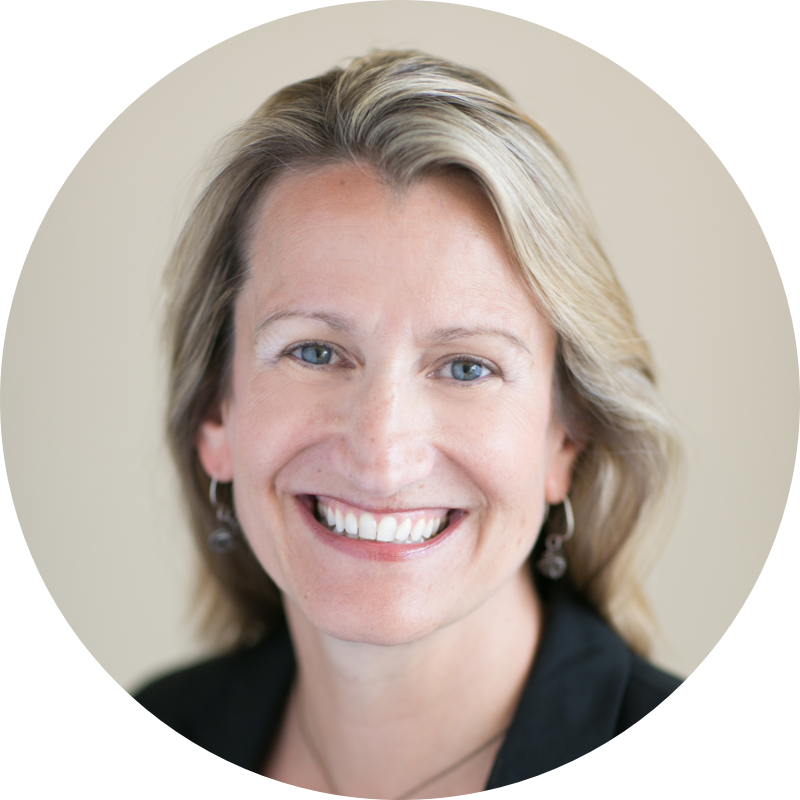

Contact Jen to learn about how we can deliver results for you.
Corporations have it so easy. At least, their marketing teams do. Because when you’re a big company with a simple business-to-consumer product, it’s easy to recognize the differences between what your product does and what it does for your business and the people you serve.
Take the mighty tennis shoe, for example. If you’re Nike, you know what a pair of Air Jordan’s does. (Officially, they’re for playing sports.) It’s hard to confuse that with your business goals. (Making a profit and winning athletic shoe market share.) As for what they do for your customers? According to Mars Blackmon, they look cool and make you the greatest basketball player of all time. (It’s got to be the shoes.) Straightforward, right? Not when you’re working in government and public health, like we do at KW2.
Because when you’re a public health marketer, your organization’s product, business goals and benefits can look a lot alike. At a glance, anyway. Imagine you’re working to prevent and reduce chronic disease, like diabetes. What are you selling? Healthier habits. Your organization’s goal? Healthier people. And how does your audience benefit? They get a healthier life.
If only that worked.
Public health professionals (and philosophers, neurologists and economists) know better than anyone: people don’t behave rationally. If we only made choices that were in our own self-interest—for our health, our environment and our financial wellbeing—the world might be a very different place. A place with busier bike paths and wealthier spinach farmers, more polar bears and lower food insecurity.
Alas, human behavior is driven by a mysterious mix of chemical and cognitive factors. We’re perpetual victims of the value-action gap—the valley between our best intentions and our actual behavior. (In my case, it’s a valley brimming with unfinished Saturday chores and white cheddar cheese popcorn.) Compounded by other social determinants of health, the value-action gap is one powerful reason touting healthy choices for health’s sake usually doesn’t work.
It’s also the reason effective public health communicators invest in consumer-focused marketing strategy and research. Because you can’t help people make healthier choices until you see your goals, benefits and, most importantly, your audience clearly. It’s how you differentiate between the public health goals you want to achieve and the benefits that truly motivate your audience.
How does it work? Let’s try one last example. Imagine you’re trying to help people with low incomes eat a little better. You want to add more green veggies to their diets, but your “Try Nutrient-Rich Zucchini!” signs at the local food pantry are falling flat. So, you take the time to understand your audience. Your consumer-focused research reveals that food pantry patrons feel pressured to find “sure things.” They don’t want to waste time or budget on foods their kids might not eat. Guided by that insight, you market test new signs that feature zucchini in fast, familiar recipes.
Goodbye, veggies for health’s sake. Hello, zoodles. (And healthier families.)
Like public health itself, marketing strategy and research can do a lot of good. And you don’t need to make a hefty investment to see results. KW2 can help you pinpoint your marketing strategy’s riskiest assumptions and choose the right research approach for your needs and your budget. It’s amazing what an online survey, focus groups or community-informed creative testing can uncover.
As government and public health communicators, we have the opportunity to help our neighbors live far healthier lives. But only if we remember that a healthier life isn’t always the benefit people desire most. So find your focus. Narrow your intended audience and get to know their beliefs and barriers. Take a walk through their unique value-action valley and understand what really drives their behaviors. Because once you start using solid marketing strategy and research to persuade people’s irrational selves to make rational choices, you might just change your community. Change the world.
Those spinach farmers are counting on you.